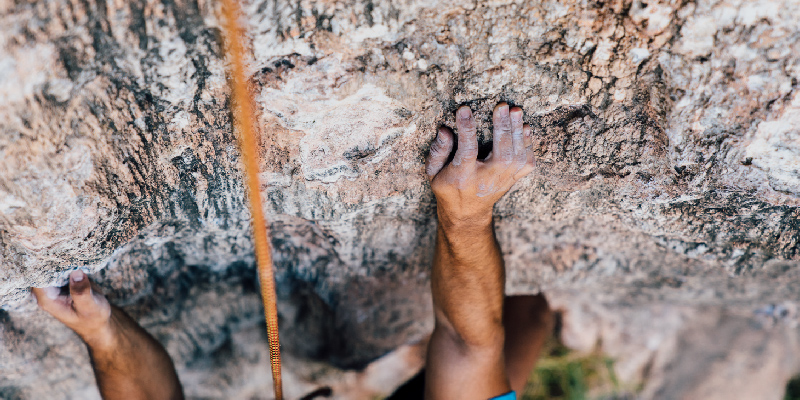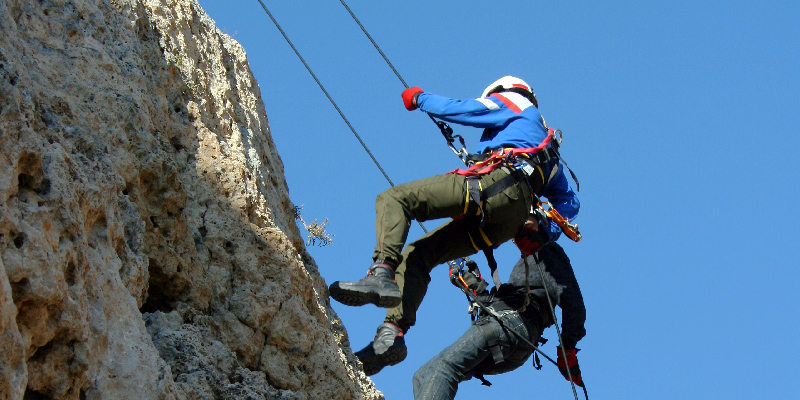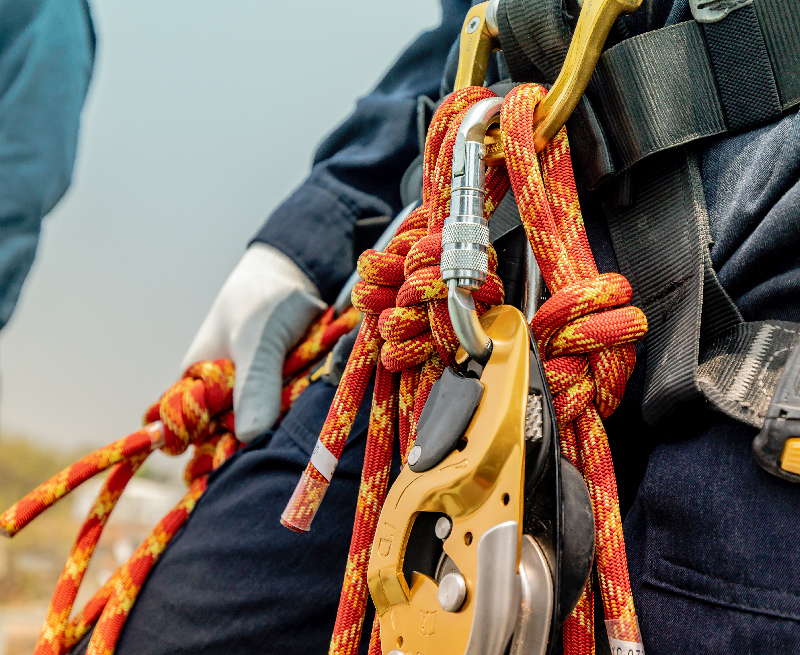
What is Dynamic Rope? What is Static Rope: Understanding Their Differences?
Are you familiar with the differences between dynamic and static ropes in the world of climbing? Whether you're a seasoned climber or a beginner, understanding the unique characteristics of these ropes is crucial for a safe and
successful climbing experience. In this article, we will delve into the key distinctions between dynamic and static ropes, providing valuable insights to help you make informed decisions when choosing the right rope for your climbing
adventures.

What is Dynamic Rope?
Dynamic ropes are designed to stretch significantly under load, making them ideal for activities like lead climbing and belaying. Their ability to absorb energy during falls reduces the impact force on the climber and the anchor points,
enhancing safety during high-risk situations. Dynamic ropes are a popular choice in sport climbing and traditional climbing, where the risk of falling is inherent.
What is Static Rope?
On the other hand, static ropes have minimal to no stretch, offering a stable and secure line during climbs. These ropes are commonly used for activities like rappelling, ascending fixed lines, and working at height in industrial settings. Static ropes are preferred when a steady anchor point is essential, and stretch is not required. They provide added safety and stability in vertical work environments.
Stretch: The primary distinction between dynamic and static ropes lies in their stretch properties. Dynamic ropes have high elongation capacity, while static ropes exhibit minimal stretch under load.

Climbing Applications: Dynamic ropes are well-suited for lead climbing, sport climbing, and scenarios where fall protection is crucial. In contrast, static ropes are preferred for rappelling, ascending fixed lines, and industrial
work.
Safety Considerations: The choice between dynamic and static ropes significantly impacts safety during climbing. Selecting the appropriate rope based on the climbing activity and potential risks is essential to ensure a safe and
enjoyable experience.
Understanding the differences between dynamic and static ropes is fundamental to making the right choices for your climbing endeavors. Whether you seek the flexibility and shock absorption of dynamic ropes in sport climbing or the
stability and security of static ropes in industrial work, selecting the appropriate rope will enhance your climbing performance and safety. Remember to consider the specific requirements of your climbing activities and make an
informed decision to optimize your climbing experience.

